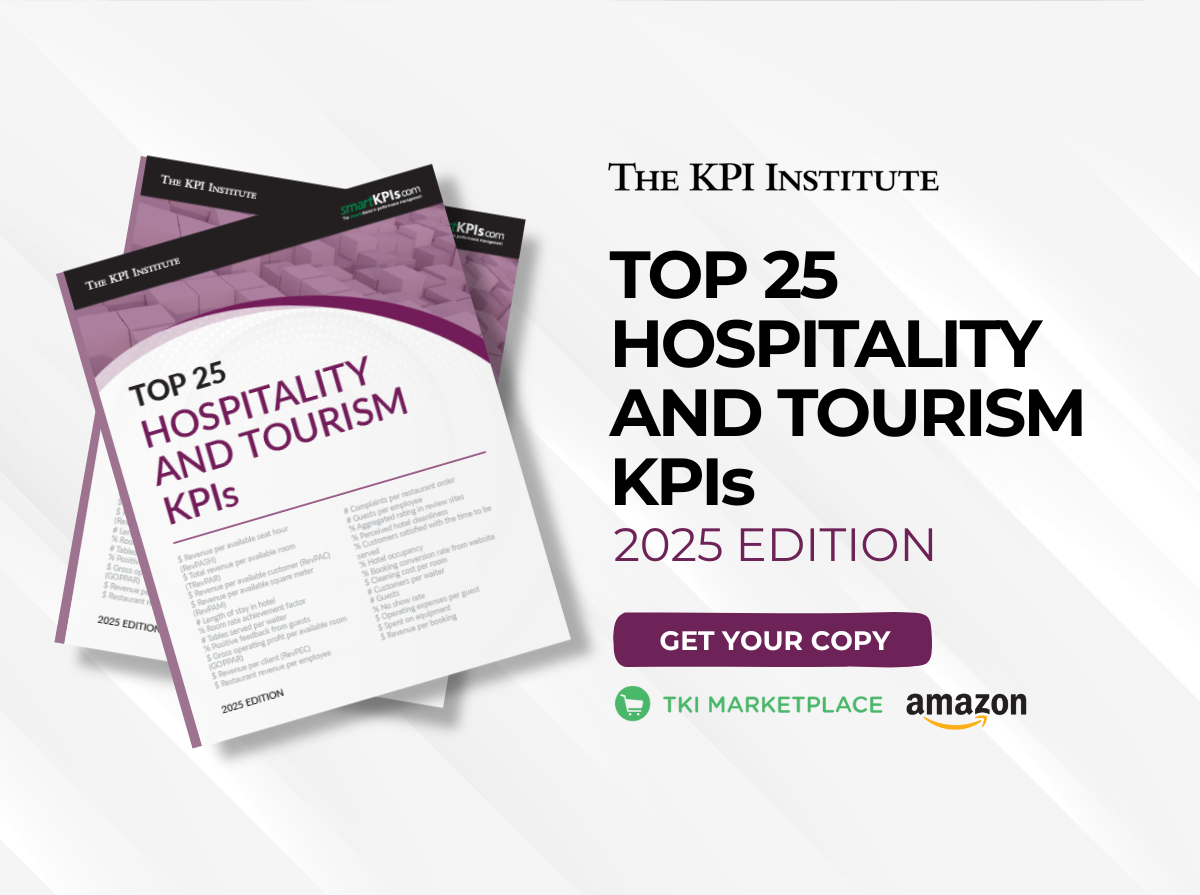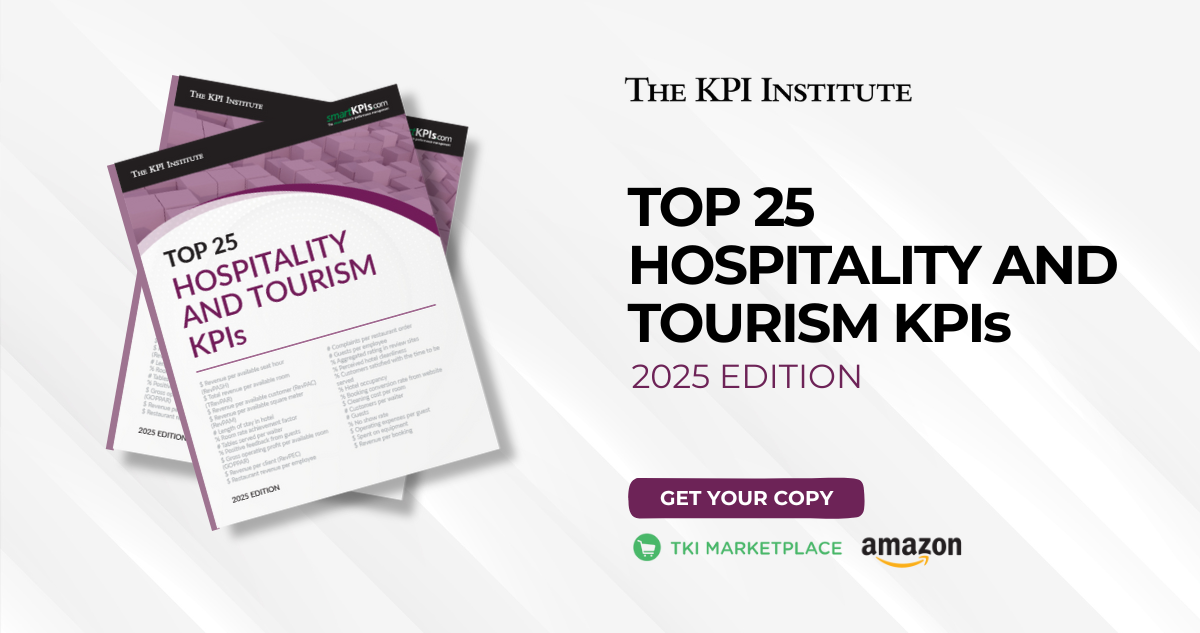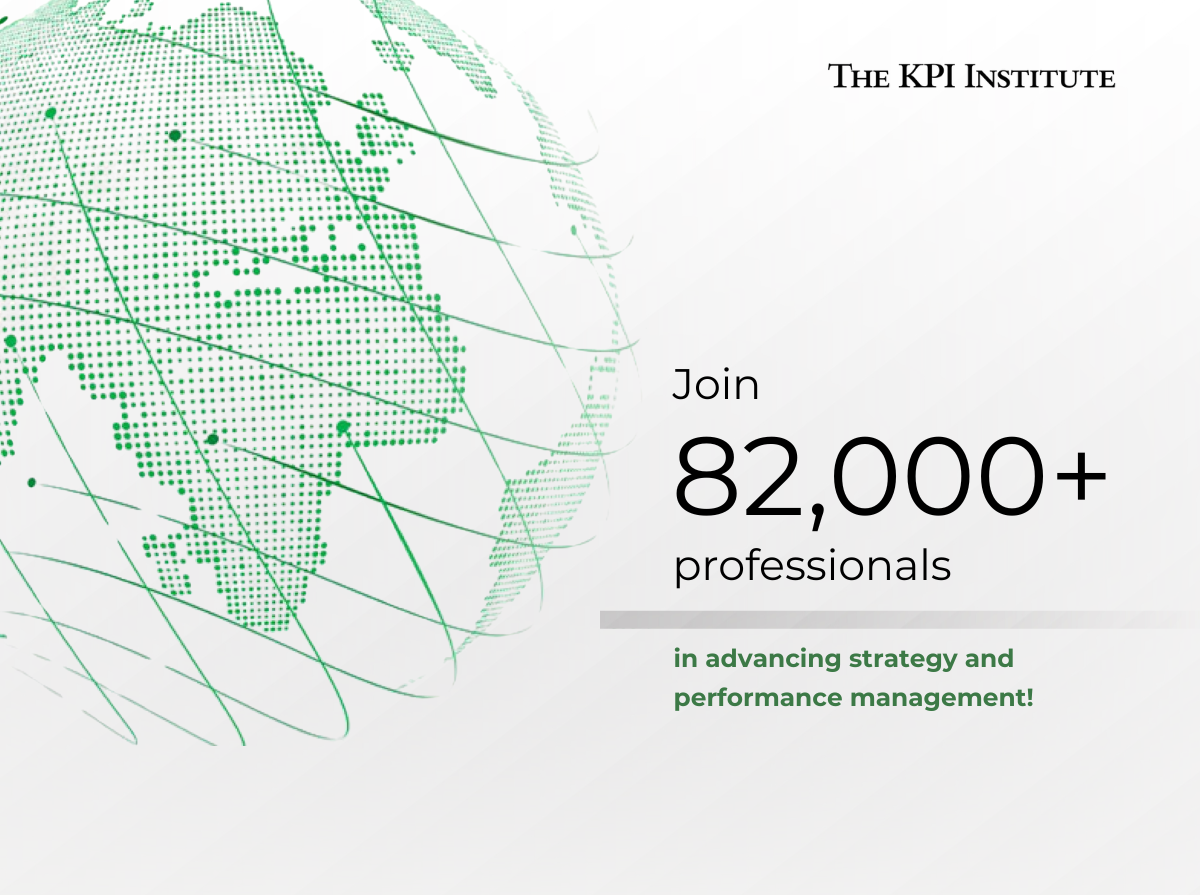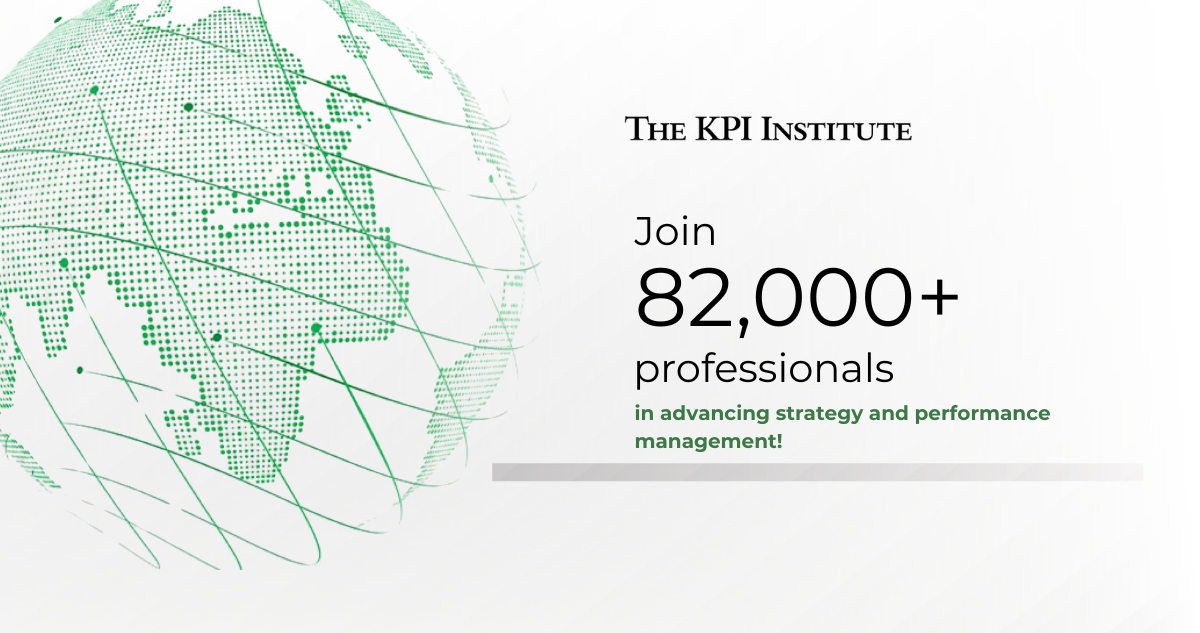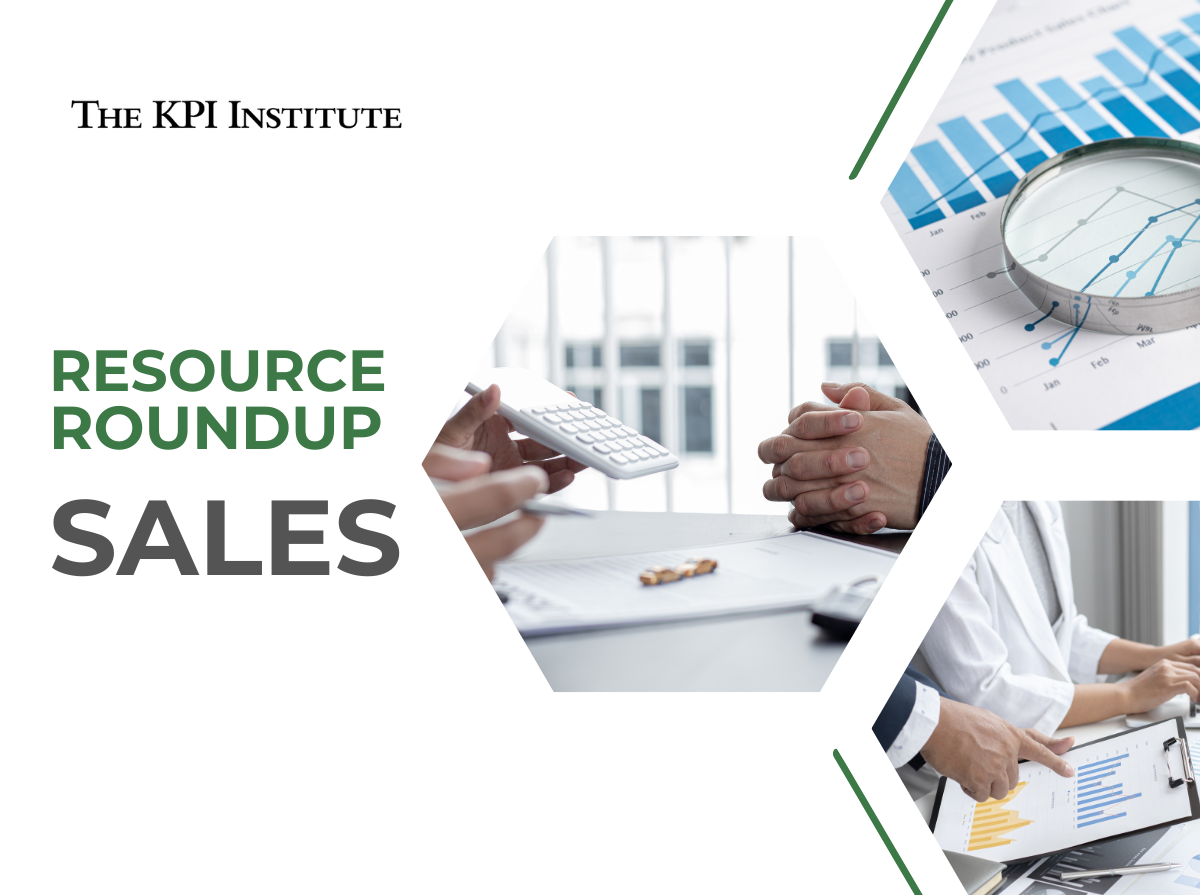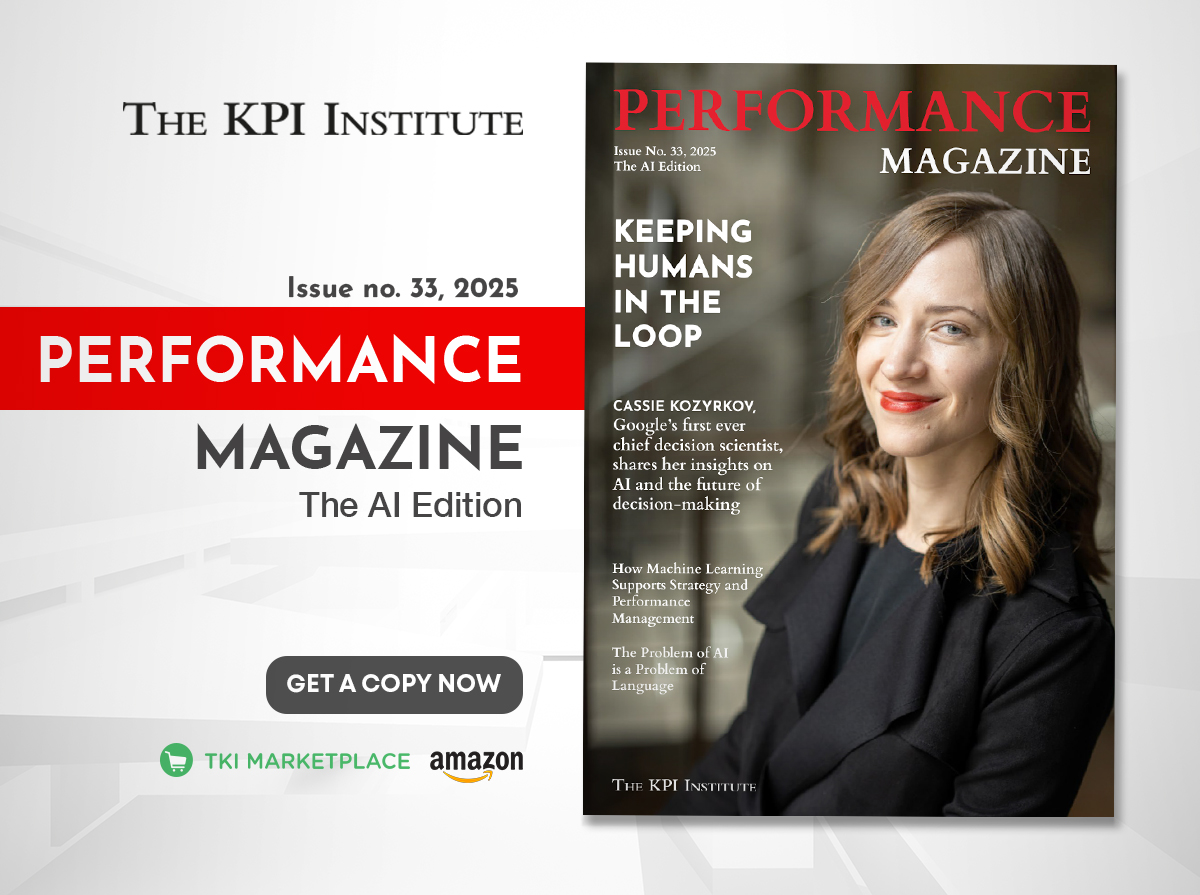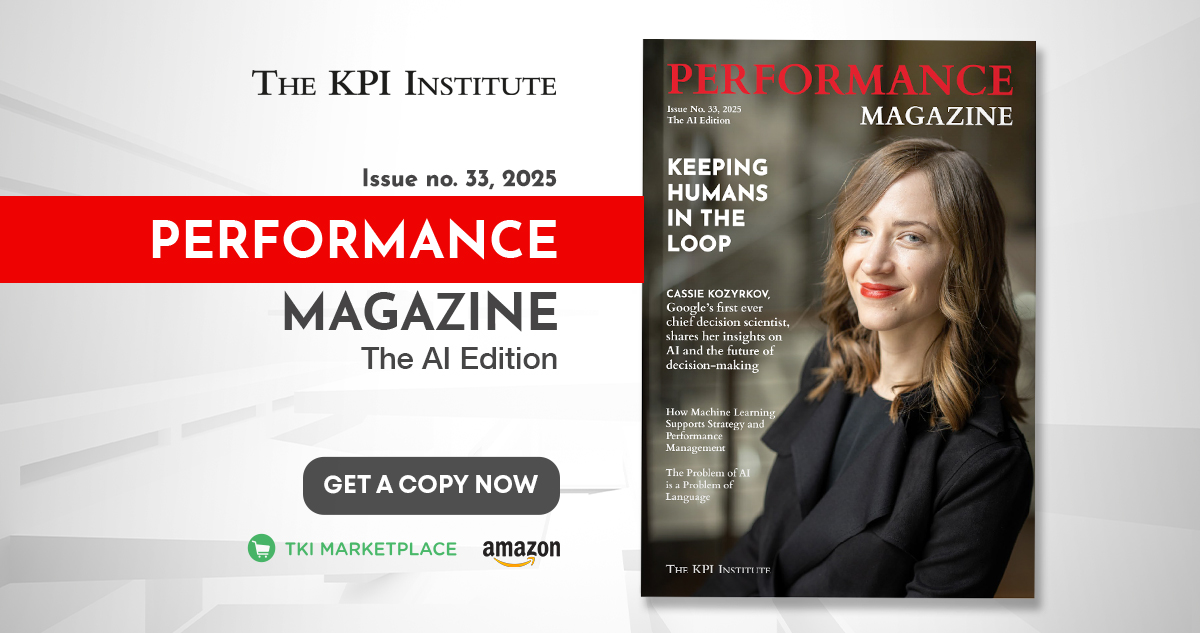
Why AI still confuses leaders: Performance Magazine confronts the language problem
August 27th, 2025 Posted by admin Publications 0 thoughts on “Why AI still confuses leaders: Performance Magazine confronts the language problem”
The AI Edition of Performance Magazine – Print Edition takes on a challenge many professionals face but rarely stop to question: when we talk about artificial intelligence (AI), are we even speaking the same language?
Across the issue, readers will find practical pieces focused on specific use cases, business-relevant applications, and emerging challenges. From machine learning basics and prompt engineering techniques to risks in AI adoption and the global regulatory landscape, the edition focuses on how professionals can work with AI in clear, grounded ways.
This approach reflects a core idea explored by the edition’s guest editor, Islam Salahuddin—a former data consultant and facilitator at Systaems with ongoing studies in AI. In “The Problem of AI Is a Problem of Language,” he argues that confusion about AI begins before anyone starts using a tool. He writes that while the field covers everything from robotics and autonomous systems to generative models and chatbots, many professionals speak about AI as if it’s a single thing. This creates misunderstandings that ripple through strategy discussions, tool selection, and expectations around performance.
Salahuddin outlines three areas where the confusion takes root: definition, taxonomy, and perception. He describes how researchers often try to sort these challenges out through frameworks and classification systems, but these rarely reach business audiences. As a result, terms like machine learning or deep learning either get used interchangeably or misunderstood entirely.
Part of the problem, Salahuddin writes, lies in how quickly AI references shift. A few years ago, people talked about AI in the context of robots or smart devices. Now, many mean tools like ChatGPT, even though these represent only part of the broader field. Rather than offer a fixed interpretation of AI, the essay encourages business professionals to recognize how their own assumptions shape their understanding.
Where Technical Expertise Meets Language
Salahuddin’s piece sets the tone for the rest of the edition—not just in content, but in its call for clarity and critical thinking. That perspective emerges not only from technical expertise but also from his interest in how ideas are framed and understood. He approaches AI as someone attuned to the role of language in guiding perception, decisions, and strategy.
Drawing on over a decade of experience across data analytics, information design, and communication, he brings a thoughtful approach to how organizations use data for strategy and impact. He is also certified as a data analyst and trainer by Microsoft. His work spans the public and private sectors—from performance management solutions to research and training—always focused on making analytics more accessible and relevant.
Alongside his technical work, he remains engaged in writing and creative projects, often exploring the connections between data, storytelling, and culture. He believes that bridging disciplines—whether through visualization or language—is key to understanding today’s complex challenges.
Read his full essay in Performance Magazine – Print Edition, Issue No. 33 (The AI Edition), now available as a free digital download via the TKI Marketplace. Print copies can also be ordered through Amazon (standard printing and shipping fees apply).

